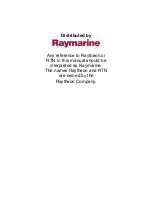
RNeasy Fibrous Tissue Mini Handbook 01/2018
32
The QIAxcel Advanced System also provides an assessment of RNA integrity using an RNA
integrity score (RIS). The RIS gives an objective quality measurement for eukaryotic RNA
samples and allows easy interpretation of sample integrity. The RIS is a value from 1 to 10
where a value of 10 indicates completely intact RNA. Similarly, the Agilent 2100
bioanalyzer offers an RNA Integrity Number (RIN) as a measure of RNA integrity. Ideally,
the RIN should be close to 10, but in many cases (particularly with tissue samples), how well
the original sample is preserved greatly influences RNA quality.







































